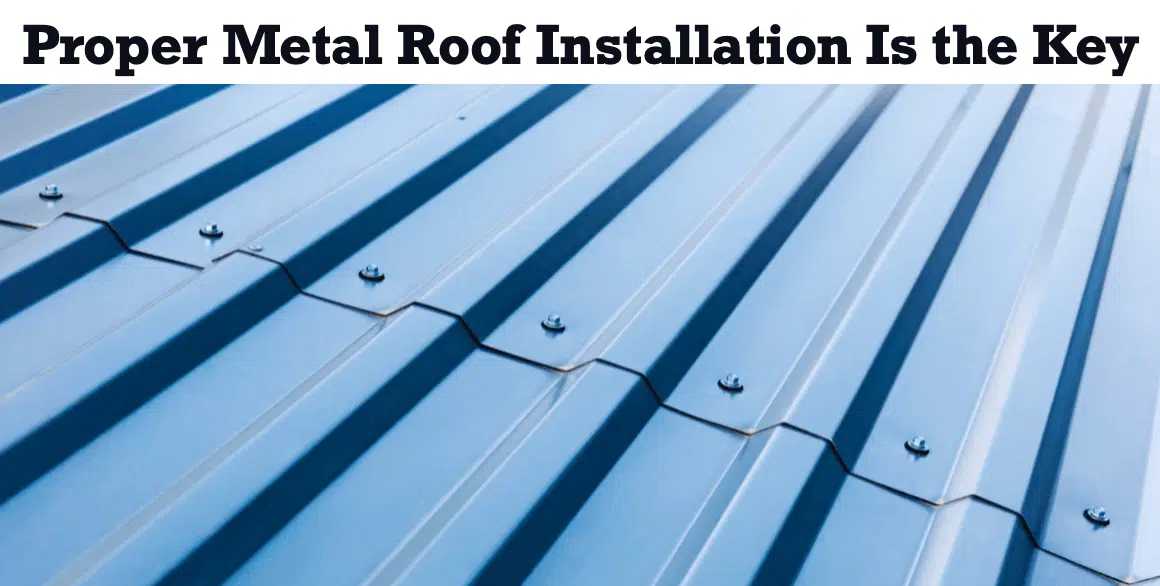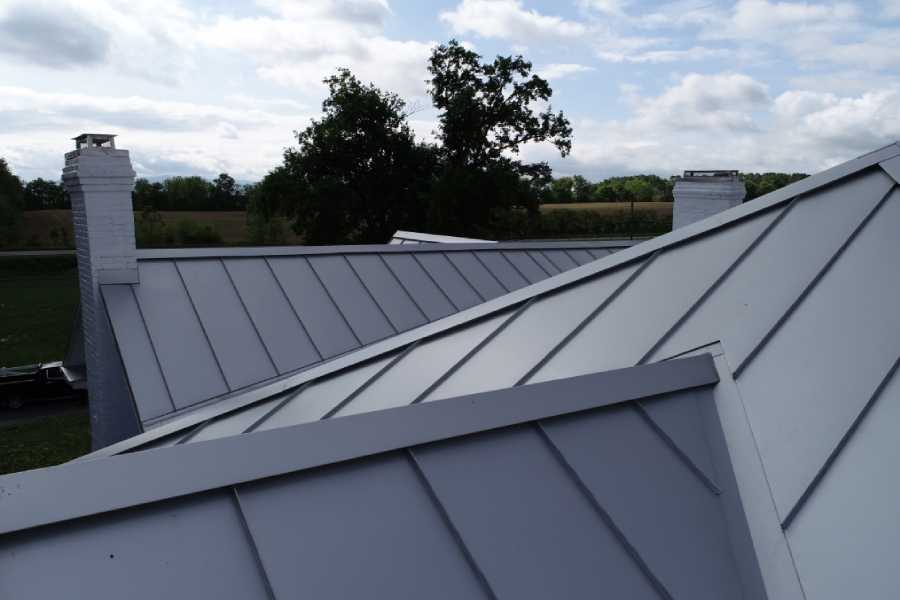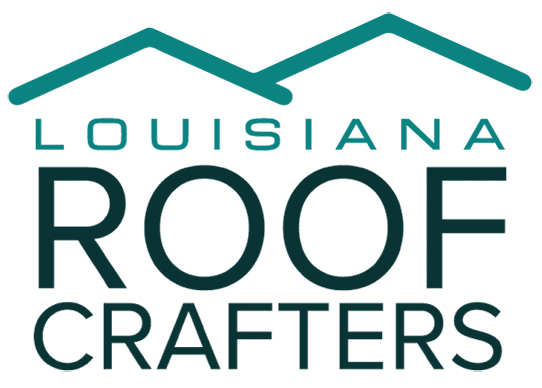Metal Roof Installation Tips For Proper Screw Fastening

Why Metal Roofing Is a Smart Idea
Metal Roof Installation Tips For Proper Screw Fastening. There are more roofing material possibilities than ever before, but you’d be hard-pressed to find one that outperforms metal. Are there any advantages of installing a metal roof? Although shingles are still the most popular roofing material, metal is far more durable and requires less maintenance. Metal also reflects more solar radiation, saving you money on air conditioning. To top it off, an adequately coated and installed steel roof can easily last a lifetime or more! While a metal roof costs more upfront than a shingle roof, having to replace your roof every 20 years or so is considerably more expensive!
Proper Metal Roof Installation Is the Key
While the metal used in many roofing systems is quite robust, how the roofing is built in the first place is a critical factor in its long-term durability. The most common source of possible difficulties is the screws or fasteners rather than the metal itself when it comes to corrugated metal roofing. May Thousands of screw and fastener sites and seams may be needed depending on your metal roof design. Lap screws, metal-to-wood screws, metal-to-metal screws, sealing tape areas, and so on are examples of this. If not appropriately treated, any of these locations could lead to moisture incursion.

Add Your Heading Text Here
May Overtightening or Under tightening Can Both Result in Leak Points
Because sinking screws to fasten a metal roof doesn’t seem like a difficult task, many well-intentioned people feel they can do it themselves. There is a problem with this assumption that if you lack specific training and experience in this field, you may wind up doing more harm than help. Overtightening or under-tightening screw fasteners is one of the most prevalent mistakes.
The majority of people overtighten their belts. It’s an instinct to try to drive the screw as deep as it will go. Isn’t it true that the tighter the screw is, the more secure it is? Unfortunately, the answer is no. The problem with this method is its overstresses the washer by compressing it too much. This causes the washer to fail prematurely, or even worse; you may break it immediately. Over compressed or damaged washers quickly cause leaks.
You don’t want your screws to be overtightened, but they also shouldn’t be too loose. Underdriven screws don’t establish a suitable seal for the washer, which might lead to leaks. The screw is under tightened if you can still spin the washer after you’ve screwed it in. A professional installation can avoid both extremes by using a specialized screw gun set to exact speed and torque standards for metal roofing gasket fasteners.
Don’t Play the Angles
Putting screws in at an angle is another classic blunder to avoid. To make a solid washer seal, it’s critical to seat each screw so that it’s straight and flush. People can grow impatient (after all, there are thousands of screws to secure!), and if you’re not attentive, you could end up with some screws that are skewed or installed at an unexpected angle. Every angled screw becomes a possible leak point for your metal roof, which isn’t good. Simply put, that’s a risk you don’t want to take.
To Pre-Drill, or Not to Pre-Drill?
You may receive different responses to this question depending on whose installer you ask. However, because the screws used to attach metal roofing are self-drilling, you may claim that pre-drilling your holes are unnecessary. If pre-drilling is done incorrectly, moisture will be able to permeate more quickly afterward. However, there are times when pre-drilling makes sense, such as when metal roofing is attached to solid wood. Pre-drilling reduces the chance of screws being driven in at an angle, makes longer self-tapping screws easier to sink, and helps you arrange your fastener spacing ahead of time. The nature of the substrate, as well as the style and arrangement of your metal roof, determine a great deal of it.
Do the Screws Go in the Ribs or the Flats?
When it comes to corrugated metal paneling, one of the most common questions is putting the screws on the metal roofing. People recommend only screwing in the flats or valleys, while others insist on only screwing in the ribs. Look at the comments section of this popular metal roofing comparison video provided by Roof Crafters to get an idea of how contentious this topic can be!
Why do people become so enthralled with this topic? Screws in the flats, on the other hand, according to proponents of the screws-in-the-rib method, could expose your metal roof to additional potential leakage sites since water naturally flows to the flat sections. Fans of screws-in-the-flat argue that screws in the rib don’t provide sufficient gasket compression since there is a void under the rib. Another issue with screwing into the rib is the increased chance of the screw popping out during a windstorm.
And the Best Way to Prevent Screw or Fastener Issues? Choose a Roof with No Exposed Fasteners!
There are various issues to consider while properly installing the corrugated metal. However, there is a method to eliminate all of this potential stress in the first place. Opt for a standing seam metal roof that has been custom-fabricated and professionally installed. Here are a few characteristics of standing seam metal roofing that make it the most refined choice:
NO Exposed Fasteners
There are no exposed fasteners on a standing seam metal roof, which means there are no simple entry points for water. Clips affixed to the substrate on which the metal roofing is installed keep the roof in place.
Incredibly Wind-Resistant
Standing seam metal roofs have been shown to endure hurricane-force winds. That’s a tough act to follow.
Engineered to Expand & Contract with Ease
All roofs are subjected to tremendous temperature changes, and any roofing material must withstand expansion and contraction cycles.
Standing seam metal roofs are ideal for this task. The raised metal seams interlock for effective water resistance, but they may also “float” on their clip mounts when the temperature changes.
More Durable & Long-Lasting
Metal is a long-lasting roofing material, but a correctly built standing seam roof made of high-quality components will last 2-3 times longer than screwed-on corrugated metal. To put it another way, this is a roof that will not only endure a lifetime but will also likely be passed down to your children!
One More Pro Tip: Choose the Right Roofing Contractor
Almost any roofer may nail shingle, but metal roofing requires specialized tools, training, and skill. We can custom-fabricate a standing seam roof right on your site at Roof Crafters, and no one pays more attention to detail and excellent quality than our experienced installation crew!
For more information, call Roof Crafters today at 985-241-8045 in Hammond, Baton Rouge, and Mandeville, LA.




